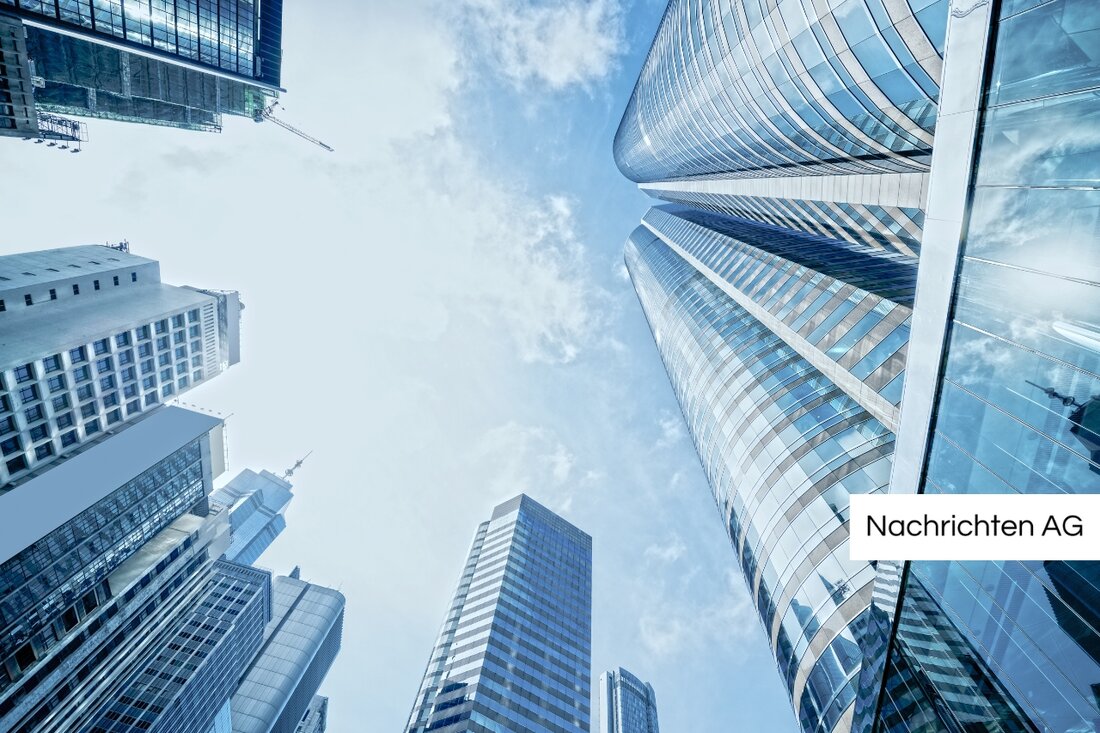Concrete for the future: How sustainable building lowers emissions!

Concrete for the future: How sustainable building lowers emissions!
concrete is often underestimated in modern architecture as a versatile material. Recently, the building material in Penzing even received support from the experts from the Vienna city gardens, who deal intensively with the importance of sustainable building. Patricia Hillinger from Meinzirk.at reports that the concrete can reduce the energy requirements of buildings and extend their lifespan, which is particularly important with regard to the current environmental problems.
An alarm sign is the fact that the building sector in Austria causes around 10% of greenhouse gas emissions. The majority of these emissions come from the operation of buildings, especially through heating and cooling. However, with the correct use of concrete, this energy use can be significantly reduced because the building material has the ability to store heat. This is not only a profit for the environment, but can also be the builder's wallet.
sustainability in construction
According to the information from sustainable-bauge-meton.de, sustainable construction requires crucial considerations in the planning phase. Factors such as regionality, CO₂ reduction, recyclability, energy savings and durability play a central role in the ecological balance of a building. The concrete construction can make a significant contribution here by reducing the CO₂ footprint by about 20 %. This reduction is particularly impressive compared to traditional Portland cement, the emissions of which can be up to 40 % higher.
Another advantage of concrete is the use of domestic raw materials, which not only enables short transport routes, but also strengthens the local economy. The complete recyclability and the long service life of the material make it an environmentally friendly choice. Concrete also offers thermal advantages because it significantly reduces the energy requirement when operating buildings. Interestingly, concrete parts can also be actively used for heating and cooling, which supports the use of renewable energies and reduces the need for fossil fuels.
In summary, it can be said that the use of concrete in construction is not only ecologically sensible, but also economically attractive. The concrete construction could thus play a key role in the future architecture, while at the same time we lower the energy requirement and protect the environment. It is time to recognize the advantages of this material and to use it more sustainably in order to contribute to reducing emissions and create a greener future.| Details | |
|---|---|
| Ort | Penzing, Österreich |
| Quellen | |
